
I’m so excited to bring you this next Slow FI interview with Chrissy who writes at Eat Sleep Breathe FI and was a host of the (recently ended) Explore FI Canada Podcast. This is a very unique interview because Chrissy both took a Slow FI path and still retired early.
To be clear these two concepts are NOT mutually exclusive.
Slow FI means that you use the financial freedom that you gain along the way to FI to design a life you love.
Slow FI doesn’t mean that you have to completely scale back so that you don’t retire before 65. Just like slow living and slow food, the slow in Slow FI is more about the level of intentionality than the actual speed.
Slow FI means that you don’t have to wait until full FI to enjoy the fruits of your labors. Most importantly, you get to choose the path that’s uniquely right for you. This could mean slowing down in some areas and speeding up in others.
Slow FI means that no one else gets to tell you what to do or how to live your life. You get to decide.
Chrissy and her family have embodied the Slow FI mentality throughout their journey. Let’s get into the interview.
1. Tell me about you.
My name is Chrissy, and I live with my husband and two teenage boys in Vancouver, BC. We took a slower path to FI but still reached FIRE at the ages of 43 and 45. The main reason for our slower path to FI was my decision to become a stay-at-home mom. Since the birth of our first son 16 years ago, we’ve been a single-income family.
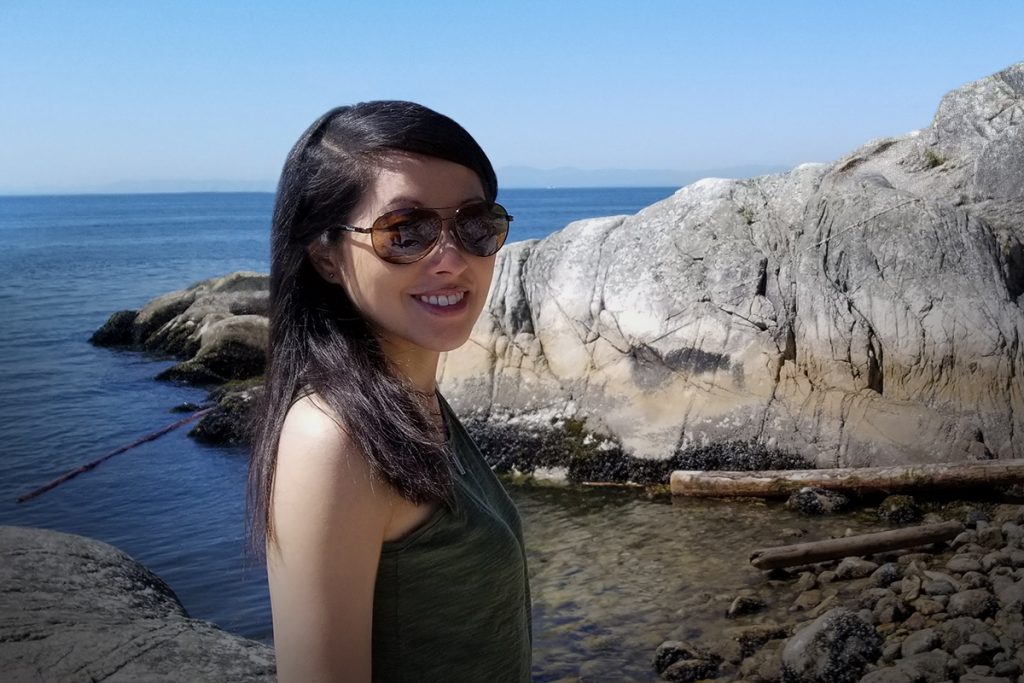
Our path to FI was also slower because we chose to stay in high-cost Vancouver. We could’ve instantly reached FI many years ago by selling our house and moving to a lower-cost area. But we wanted to stay close to our families. So, we stayed and pursued FI here—even though it extended our timeline.
By sharing our story, I hope it might help others see that it’s possible to reach FIRE—even if you choose a slower path.
2. As someone who both took a Slow FI path and recently reached FIRE, can you tell us about a few of the intentional decisions you made to improve your life along the way to FI?
As you know, I’m a big fan of Slow FI and mention it frequently on my blog and podcast. Slow FI perfectly describes how I’ve approached FI, so I was thrilled when you and Corey coined the term.
Early in our FIRE journey, I realized that going full speed towards FI wouldn’t work for us. My obsession with reaching FI as quickly as possible annoyed and overwhelmed my husband and made me miserable. I knew I had to slow down and do things differently.
That’s when I decided to approach our FI journey in a more mindful, values-oriented way (even if it meant a slower path to FI). Here are two intentional decisions we made to do that:
Spouse FI
One of the most rewarding but financially costly decisions we made was for me to be a stay-at-home mom. Even before we discovered FIRE, this was a lifestyle choice that we prioritized.
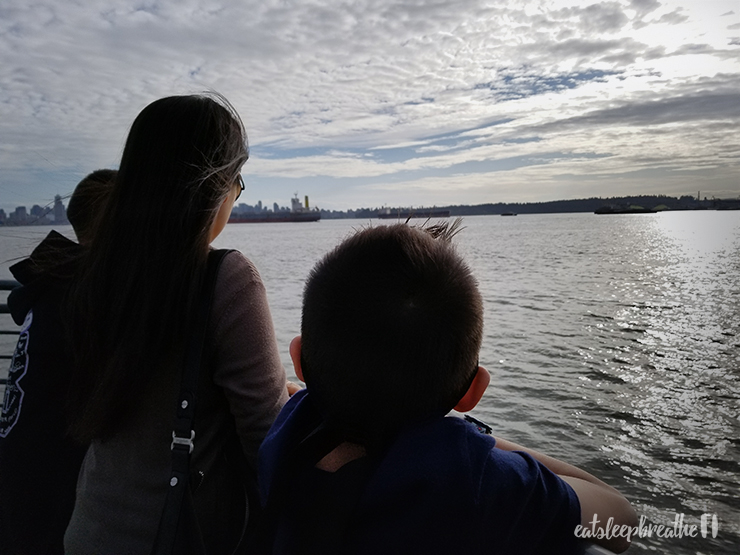
My podcast co-host cheekily dubbed our lifestyle “Spouse FI.” I thought it was a perfect way to describe my situation (and his too—he’s pursuing Coast FI while his wife happily continues to work full-time).
In a nutshell, here’s how we define Spouse FI:
Spouse FI is a lifestyle option where one partner’s income covers all or most of the expenses and savings. The other partner can then explore options such as part-time work or stay-at-home parenting. This allows the couple to gain many financial and lifestyle benefits—even before reaching full financial independence.
My husband and I have realized so many options and benefits from pursuing Spouse FI, including:
- Allowing my husband to fully focus on his career. (We didn’t have that tug-of-war over who would take time off for sick days and school holidays.)
- Time to parent in a slow parenting style, which decreased stress for the whole family.
- Time and mental bandwidth to work on and heal my postpartum depression and anxiety.
- Time to earn a side income through hosting homestay students.
- Time to learn about and take over our investments, which was what ultimately helped us reach FIRE.
- Time to look into, plan for, and implement strategies to cut our expenses and save more (which also helped us reach FIRE).
I hope more couples consider Spouse FI—it could make the journey to FI more enjoyable and sustainable.
Values first
I discovered FIRE through the legendary Mr. Money Mustache. He’s one of the earliest pioneers of the modern FIRE movement and is known for his hardcore approach to life and money. Mr. Money Mustache’s focus on happiness and sustainability was very appealing to me, so I fully embraced his Mustachian philosophy.
However, I found that strictly following Mr. Money Mustache’s path to FIRE left me feeling lost, conflicted, and disillusioned. As frugal as we already were, Mustachianism took it to a whole other level—a level that I just couldn’t match. My excitement about FIRE faded, and it started to feel like an impossible dream.
Thankfully, my husband talked me through it and helped me realize that I’d strayed too far from my values. By putting Mustachianism and a fast track to FI first, I’d lost sight of what truly mattered to us. I went back to my values and put them first. Once I did that, everything fell into place.
For example, I made the conscious decision to spend more on things like travel, entertainment and eating out than perhaps would be “acceptable” by Mustachian standards. These three categories are meaningful to my family and me because they all provide us with memory-building experiences.
We know our kids won’t be young and willing to hang out with us forever, so spending on experiences with them is very important to us. I no longer guilt myself over being less than 100% Mustachian and instead celebrate being “mostly Mustachian”. It was a slower path to FI, but it was also a much happier one.
3. Why did you decide to pursue financial independence in the first place?
As a stay-at-home mom, I was already living the FI life (aka Spouse FI). But I wanted my husband to experience the same kind of freedom that I had. As much as he loved his job, I knew he wanted more time to do what he loves with the people he loves. After a long workday or week, he wasn’t left with much time or energy for his passions.
My husband also has eye health issues, so I wanted to make work optional for him. That way, he wouldn’t have to worry about his declining vision affecting his job performance (and possibly costing him his job). I also hoped that if he could shift to part-time or retire completely, he could give his eyes a rest and maybe maintain more of his vision.
So, as soon as I discovered FI, my goal was to make it a reality for my husband. Given that I’m the CFO for our family (and always have been), I had the ability and knowledge to do that—and that’s what I did. You could say my astute financial management and pursuit of FI was a gift to my husband. It was my way of thanking him for being the breadwinner for our family all those years.
4. How did you approach your FI journey?
I knew it would be a long, slow journey to FI, and I also knew I couldn’t take on everything at once. Therefore, I had to break things down and focus on different levers or optimizations at different times.
My approach to FI also evolved along the way as our priorities changed or I learned new things. We focused on four areas: earning, saving, investing, and improving our life.
Earning More
Before learning about FIRE, we focused on increasing our income. After learning about FIRE in 2014, we realized how important this lever would be to reach FIRE.
I wasn’t planning to go back to work, so I focused on increasing our income in ways that were compatible with Spouse FI. At home, we increased our income by hosting international homestay students. This allowed me to earn a decent part-time income from home. It’s also been an amazing educational experience for our whole family.
At his job, my husband put a lot of effort into growing his skills and working his way up to positions with greater responsibility and higher pay. He also learned how to advocate for himself and ask to be paid what he was worth. This resulted in a steady increase in salary, bonuses, and stock option grants.
Saving More
I knew that optimizing our spending would have an impact on our path to FI. So, I started using YNAB (You Need a Budget), which transformed our finances. It was the ideal way to track our expenditures and get more intentional with our spending. Seeing where every dollar was going was empowering because I could plan exactly what I wanted to do with those dollars.
YNAB helped me spot areas where we could cut back our spending without sacrificing our quality of life. For example, I found a cheaper home insurance provider, increased our car insurance deductibles, and switched to a lower-cost internet provider.
Mr. Money Mustache’s principle of constant optimization inspired me to methodically reduce our spending—one expense at a time. At the end of this process, I cut over $3,000 from our annual spending! And the best part? My family didn’t notice any change to our lifestyle. I call that frugality done right—no deprivation or misery. It’s simply smart spending and lots of savings!
Optimizing our Investments
There were many things that we did throughout our journey to optimize our investment strategy. Upon discovering FIRE in 2014, I dove headfirst and immersed myself in blogs, podcasts, and books. I essentially gave myself a crash course in FIRE, investing, and personal finance.
One thing I knew we’d need to do was to optimize our investments. In 2015, I was finally ready to take the leap and start DIY investing. That meant moving our investments out of bank stocks and mutual funds and into index ETFs.
Setting up our DIY investment strategy was a lot of work (and a little bit scary), but it was worth it. I knew DIY investing would be a powerful lever to reach FI because we could keep our fees low and still achieve excellent growth.
Over time, I learned about other strategies to further grow our investments, such as:
- Tilting to small-cap value and making other small portfolio tweaks that could add an extra 0.5-1% to our investment return. (Thanks, Paul Merriman!)
- The Smith Manoeuvre, which is a way for Canadians to convert their mortgage into a tax-deductible investment loan. (It’s a leveraged investing* strategy that allowed us to invest more and build our net worth faster.)
*Leveraged investing can be risky and complex, and it isn’t for everyone. That’s why we decided to enlist the help of a financial planner who was very experienced with the Smith Manoeuvre. He helped us implement it properly and effectively while also providing us with comprehensive financial planning.
While I was reluctant to give up DIY investing, working with our financial planner allowed us to implement our leveraged investing strategy with confidence. In turn, this shaved years off our path to FI.
Improving our Life
After optimizing our investments, there was little left to do. We entered the stage of what I call the doldrums of FI. Most of us will eventually end up here. Everything is optimized, and there’s not much more to do other than be patient and let compounding work its magic.
So, we focused on ways we could improve our lives along the way to FIRE. For example, in addition to embracing a Spouse FI lifestyle, we focused on spending our money based on our values.
One of the ways we did this (pre-COVID) was to travel as much as we could with our kids. We’ve taken them to many incredible places and are glad we did, even though it meant a slower path to FI.
A few of our favorite trips were almost month-long trips to Florida (2015), Japan (2018), and South Korea (2019). In Japan and Korea, we were able to visit several of our old homestay students. It was incredible being able to see them in their home countries and meet their families.
Another way we improved our lives on the path to FI was purchasing my husband’s dream car—even though we were still years away from FIRE. This has allowed him to enjoy driving the car while he still has decent vision in his bad eye.
We also did a few things to improve our daily lives as well.
My husband had way too many vacation days (thanks to COVID). Instead of using them all for a long break from work, he took every Friday off from May 2021 until he retired in November 2021. Shifting to a four-day week helped a lot to alleviate his Zoom fatigue.
Another improvement we made to our day-to-day lives was to consciously spend more on eating out. We’re huge foodies, so trying new restaurants and cuisines is fun for us and our kids. (Plus—it saves us from having to cook!)
We also decided to spend more on our internet and paid for a package that tripled our speed. While it increased our monthly bill by 75%, the faster speed was needed for:
- Schoolwork and gaming for the kids.
- Zoom calls and streaming entertainment for my husband.
- Podcast interviews for me.
I’m a hyper-optimizer and hate spending more than is needed. But when I see there’s value in increasing our spending, I’ll gladly do it.
5. When did you reach FI? Was that timeline different than you originally thought?
In May 2021, seven years after I first discovered Mr. Money Mustache and FIRE, we reached our FI number! After we hit our number, we took it slow and gave ourselves six months to work towards my husband retiring from his job.
During that time, he seriously thought about his decision to retire and if that was what he really wanted. We also started wrapping things up in case retirement was his ultimate decision. That meant using up benefits, downloading statements, and reviewing our withdrawal plan with our financial planner.
In October, my husband made his decision—he was ready to retire and gave his notice at work. We officially FIREd on November 18, 2021, when my husband signed out of his workplace Zoom account for the last time.
We reached FIRE at ages 43 and 45, which was five years earlier than we’d originally estimated. This was partly due to us implementing our leveraged investing strategy and partly due to our fortunate timing with this very long bull run.
Some decisions we made lengthened our path to FI, but the market returns still got us to FIRE earlier than expected.
6. Was there anything that happened along your journey that shifted your perspective about FI? Did that cause you to speed up or slow down your path?
Yes, several shifts happened along our journey:
Shift #1: Slowing down to combat overwhelm
As mentioned previously, I became overwhelmed and disillusioned with FIRE after pushing too hard to do it like Mr. Money Mustache. After discussing it with my husband, I realized I’d strayed too far from our values. I decided to put our values first and slow down our path. This allowed me to return to pursuing FI happily.
Shift #2: Slowing down to allow for lifestyle inflation
A few years ago, my husband said he would gladly work longer if it meant spending a little more on luxuries now and after we reached FI. These luxuries included more meals out, more travel, and the purchase of his 1965 Mustang. This extra spending added a couple of years to our timeline, but my husband was happy to make the tradeoff.
Shift #3: Speeding up to free my husband sooner
While we slowed our journey to accommodate a values-oriented lifestyle and slightly higher spending, I continued to work on reaching FI faster by growing our investments. Admittedly, we were happy and content with our lifestyle, so I didn’t have to speed things up.
But I was worried about my husband’s declining vision and wanted to relieve him, as soon as possible, from the pressure of having to work. Growing our investments was a way to speed up our journey without compromising our Slow FI lifestyle.
In conclusion, I both slowed down and sped up our path. Slowing down helped to improve our lifestyle. But I was still able to speed things up by focusing on a solution that didn’t take away from the lifestyle improvements we’d gained. It was a win-win.
7. Is there anything you regret about the way you approached the journey to FI?
I regret the way I initially put blinders on and tried to reach FI as quickly as possible. This approach turned my husband off of FI and left me feeling defeated. Fortunately, I realized the error of my ways and slowed down. Once I did that, everything fell into place.
Knowing what I know now, I often tell others to take a Slow FI approach. Jessica’s post about designing a life you love describes a much better way to approach FI. It puts happiness, values, and fulfillment first. For me, this meant that progress toward FI comes second after the things you value in life. If that means you’ll reach FI later, so be it. Focus on how values-based decisions improve your life and the entire FI journey—and not so much on how they delay your progress.
This helps to ensure you’re living a great life all along the way to FI, so you don’t feel the intense pressure to get to FI at all costs. I find it much more enjoyable and sustainable to slow down. As Jessica and Corey say, “The journey to FI should be just as remarkable as the destination.”
They’re absolutely right. So take their advice and do what it takes to make your journey as enjoyable as you can—even if it means taking a slower path to FI.
8. Is early retirement everything you thought it was cracked up to be? Were there things you didn’t expect?
As I write this, my husband has been retired for a little over three months. At first, he said it felt like an extended vacation. And then we hit the holidays, so it still only felt like he was taking time off work. He didn’t truly feel retired until one day in January…
The holiday break was over, and he realized that was the day when he normally would have returned to work. It dawned on him that he was really retired and in full control of what he did with his time from that point on. It was the best feeling in the world!
If I could sum up early retirement so far, I would say it’s given us more time to enjoy and savor the little things in life. For example, my husband has thrown himself into cooking—one of his favorite pastimes. (Yay, less cooking for me!) Our 16-year-old is having fun learning how to drive with his dad. And our 13-year-old is looking forward to learning how to do video editing (another favorite pastime of my husband’s).
As for me, it’s been so nice to do more things together (like cooking, home maintenance, or just hanging out and chatting). We’re also enjoying more everyday moments together as a family—going for walks, helping with homework, visiting family and friends. In short, retirement has been amazing!
It’s still pretty early, but so far, nothing unexpected has happened. That could be due to us having witnessed many family members’ transitions into retirement. Based on their experience, we were prepared and feel that we’ve already found our new normal.
We expect that it won’t be smooth sailing forever. There will inevitably be twists and turns as we navigate this massive change to our lifestyle. Even so, as with our FIRE journey, we’ll do our best to enjoy every stage of retirement.
I’m sure I’ll have more insights to share in a year or two. For now, we’re just taking it one day at a time.
9. What advice do you have for others following a similar path?
I have two pieces of advice to share:
1. Make values-based decisions
When making life decisions (such as how you’d like to pursue FI), always look to your values first. They’ll serve as a compass to guide you to the best, most fulfilling decision. Don’t make my mistake of letting your enthusiasm for FI blind you to your values.
That’ll only lead you into unhappiness and frustration. Life’s too short—don’t waste a single day on the miserable pursuit of an unrealistic goal. Instead, turn to your values to find your new path forward.
2. Don’t wait for FI to be happy
For this piece of advice, I’ll once again share the wise words of Jessica and Corey: “The journey to FI should be just as remarkable as the destination.” Always keep this in mind.
Don’t wait until you reach FI to be happy. Find ways to live a remarkable, joy-filled life throughout your journey.
Mr. 1500 discusses this very topic in his Slow FI interview with Jessica. He describes his “death march” to FI and how he would have done things differently. Learn from his and my mistakes and those of others. With each successive generation of FI seekers, we’ll all get better and better at designing our ideal lives—both pre and post-FI.
Thanks again, Jessica, for inviting me to join this series. Being a Slow FI interviewee has been on my blogging bucket list, so now I get to cross that off my list—hooray!
Thank you, Chrissy, for sharing your story with us!
Chrissy is such a great example of someone who forged her own path to FI and did what was right for her and her family, given their unique background, situation, desires, and limitations.
There were many things they did to speed up their path to FI, such as:
- Increase their income
- Reduce their spending
- Optimize their investments
At the same time, they also focused on improving their quality of life:
- Chrissy embraced Spouse FI and became a stay-at-home parent.
- They decided to stay in super-expensive Vancouver, BC even though leaving could have reduced their timeline.
- They’ve traveled the world with their two boys.
- They bought her husband’s dream car while his eyesight was still good enough to drive it.
- They took a values-based approach and spent more money on things that they value, even if it wasn’t fully “Mustachian.”
When you pursue FI, there are so many different levers that you can pull. Some levers help you optimize for finances. Other levers help you optimize your quality of life. Slow FI means that you get to intentionally decide on the right balance for you.
Before I leave you, I want to reiterate Chrissy’s advice, which I think is so important.
- Make Values-Based Decisions: Chrissy encourages us to focus on how the decisions we make will improve our life and FI path more than how they could delay our progress.
- Don’t Wait for FI to be Happy: Chrissy’s words say it best, “Find ways to have a remarkable, joy-filled life throughout your journey.” Because the journey should be as remarkable as the destination.
If you’d like to continue following Chrissy’s journey, you can find her in the following places:

- Blog: Eat Sleep Breathe FI
- Podcast: Explore FI Canada (Note: the podcast has ended, but you can listen to all of the archived episodes)
- Twitter: @esb_FI
- Instagram: @eatsleepbreathefi


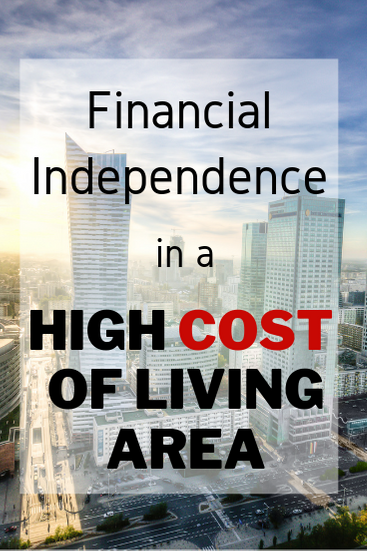
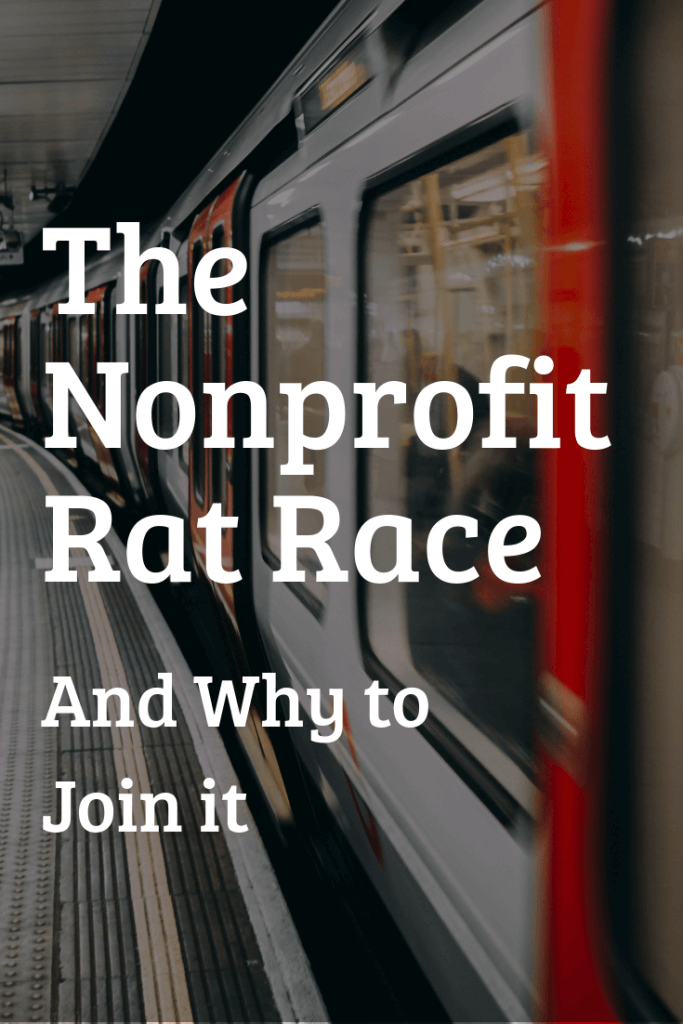

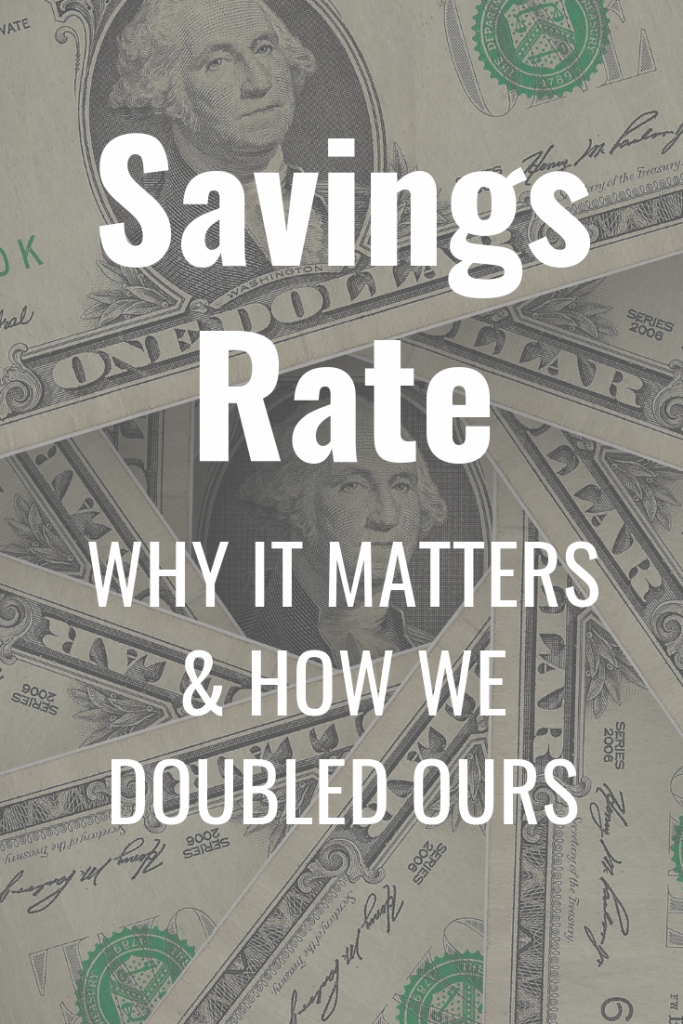
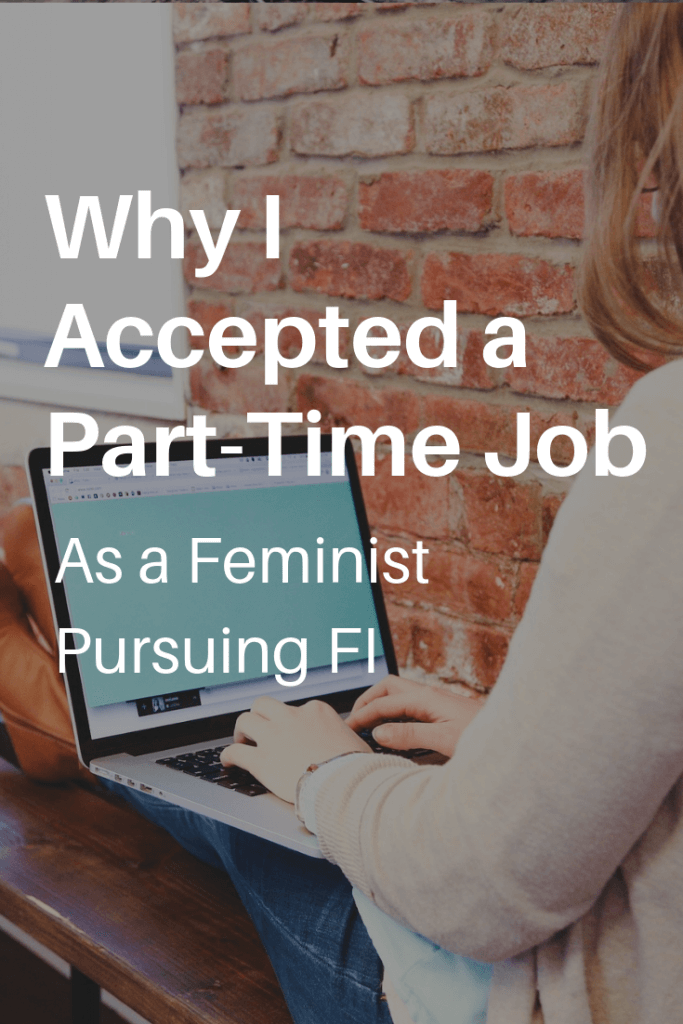
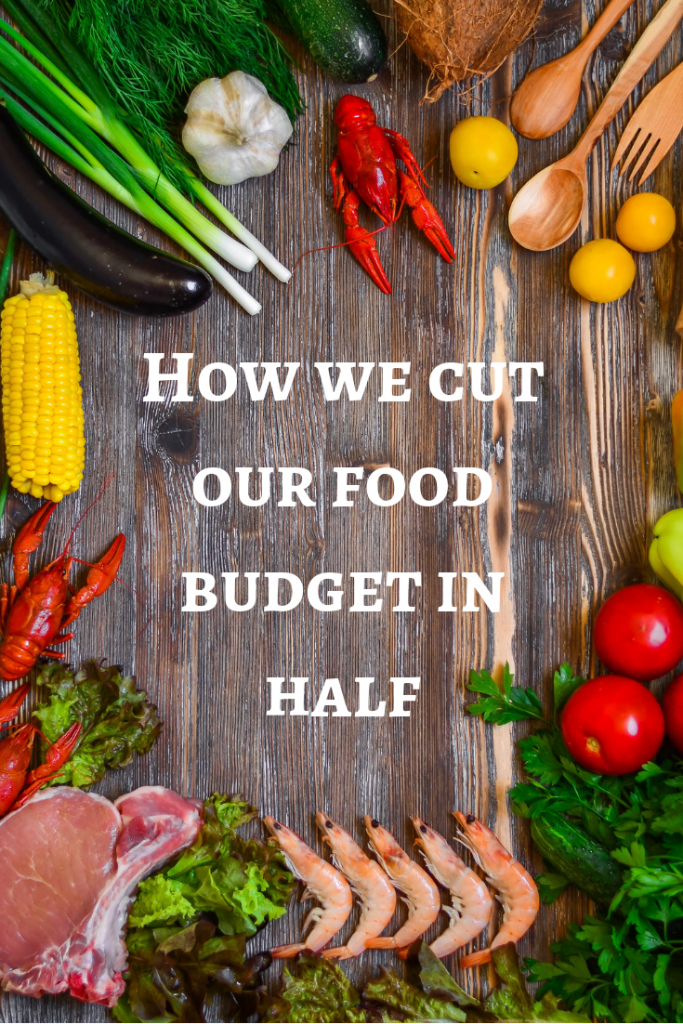


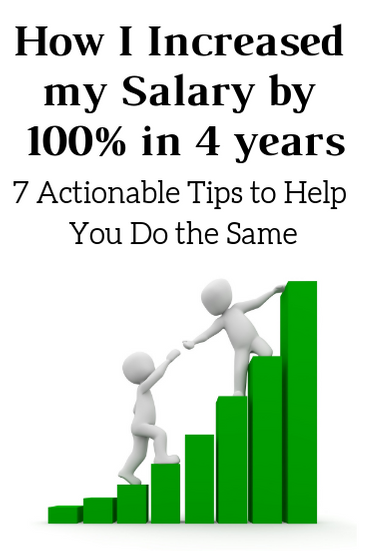
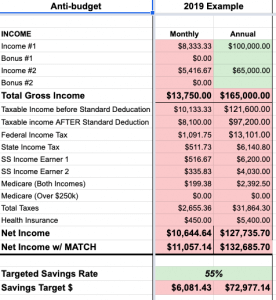

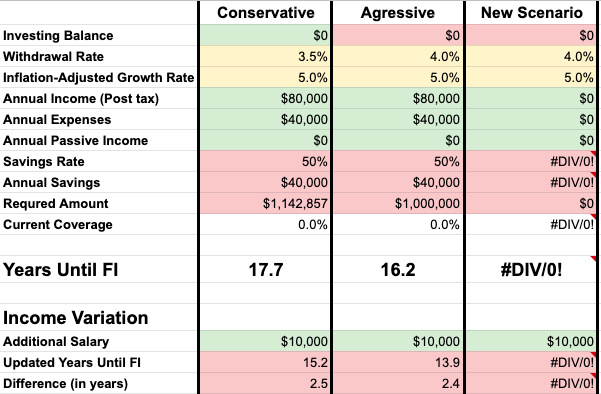
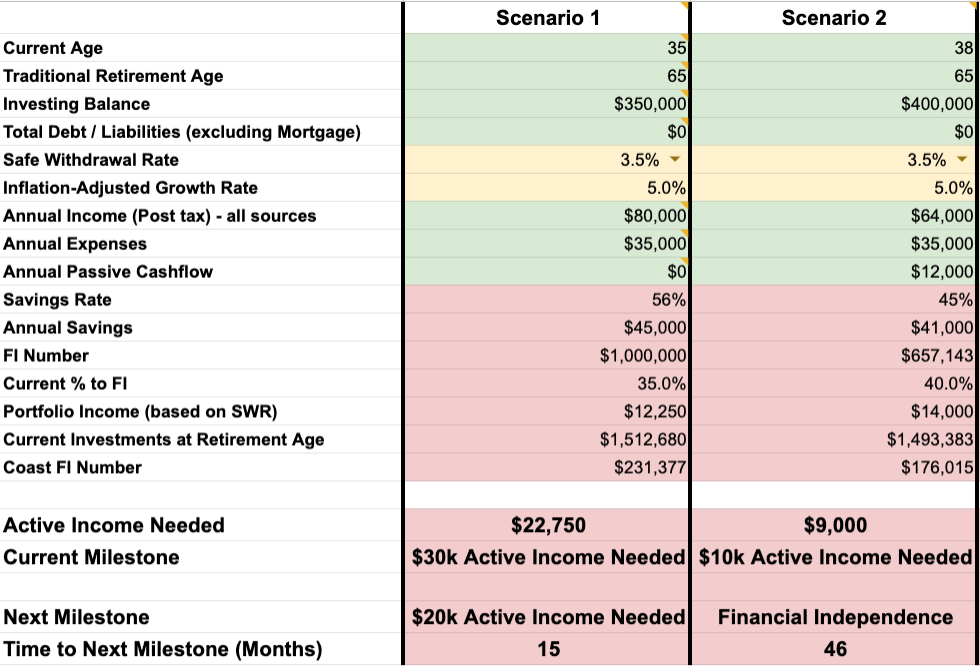
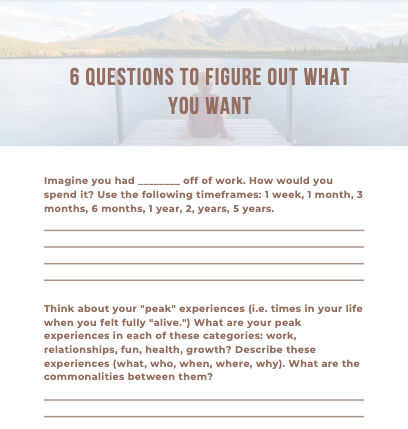

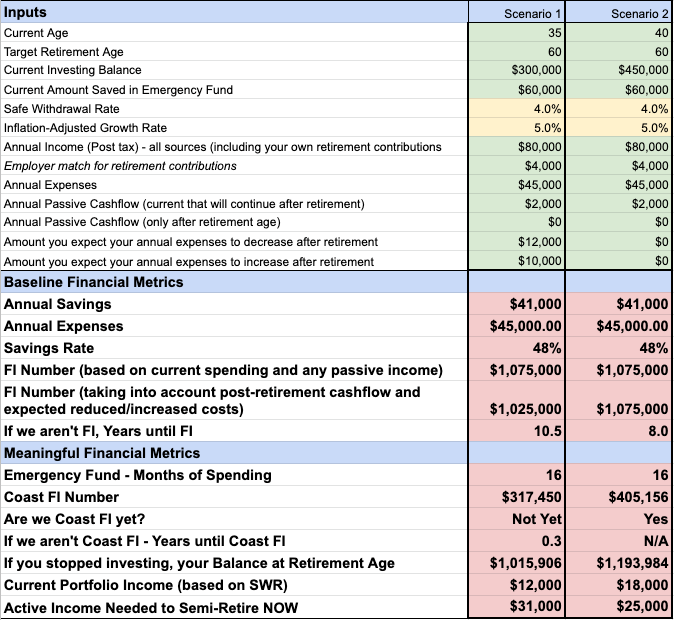
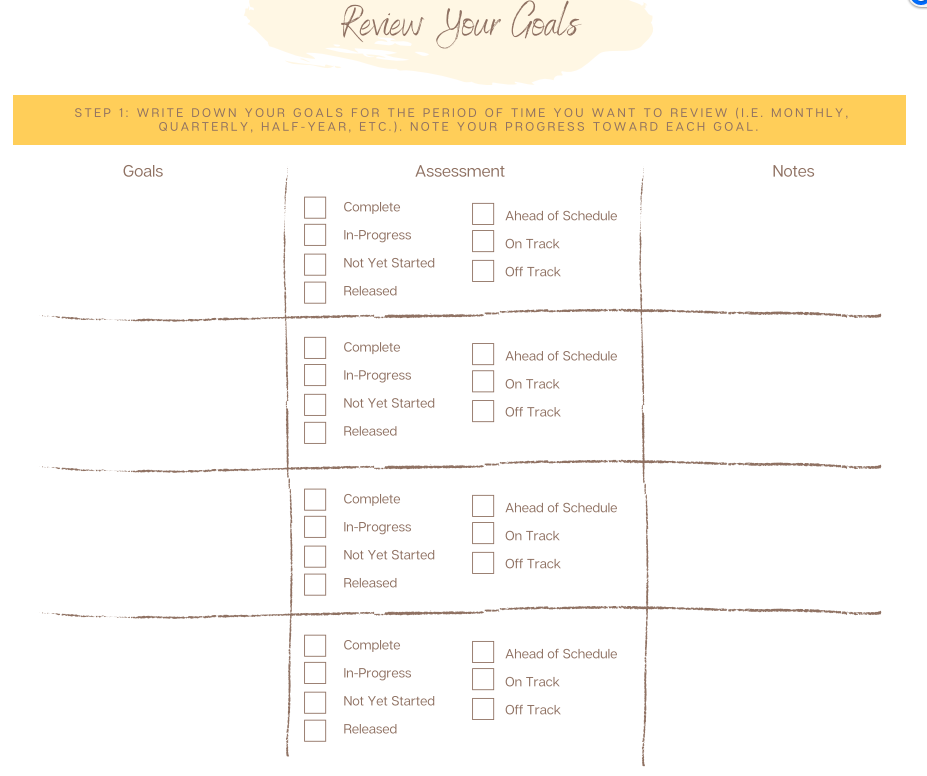

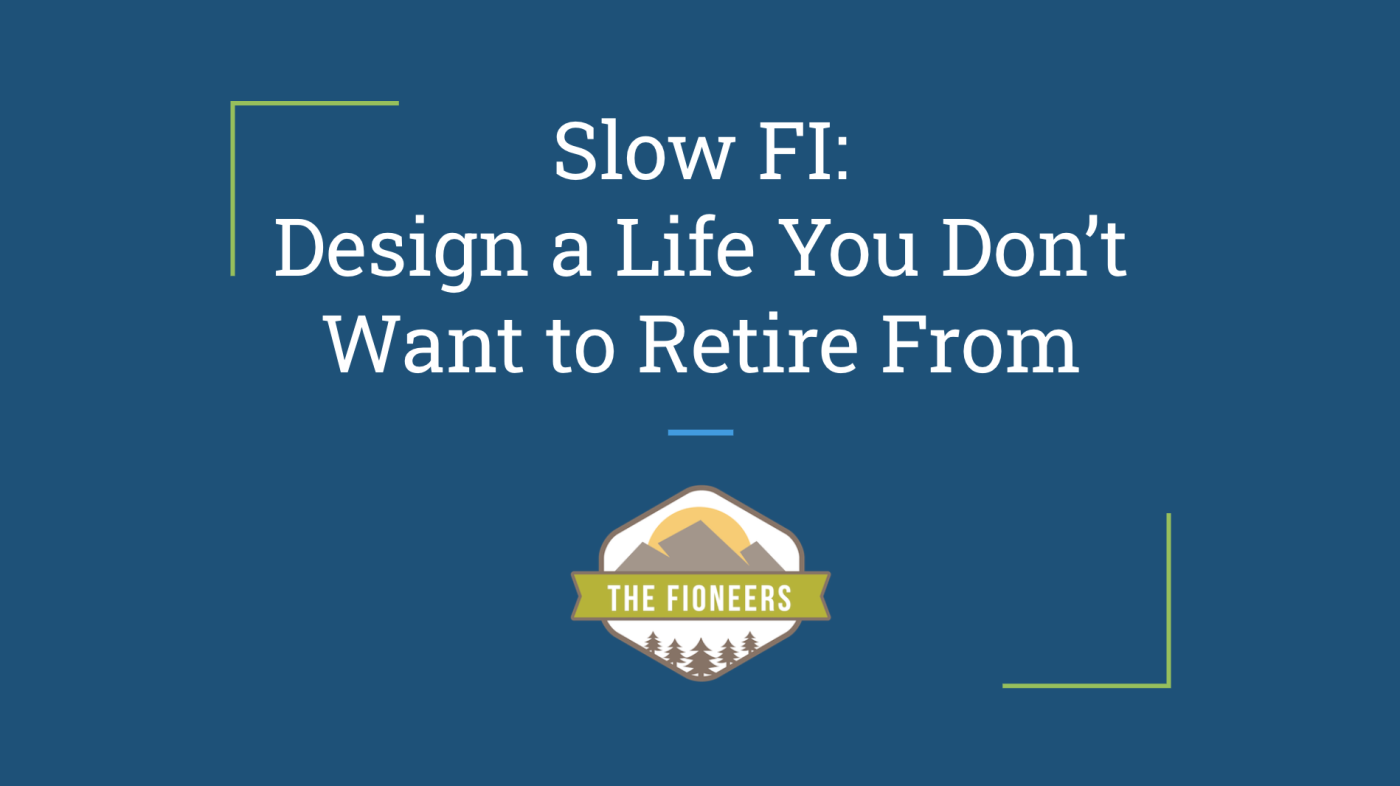
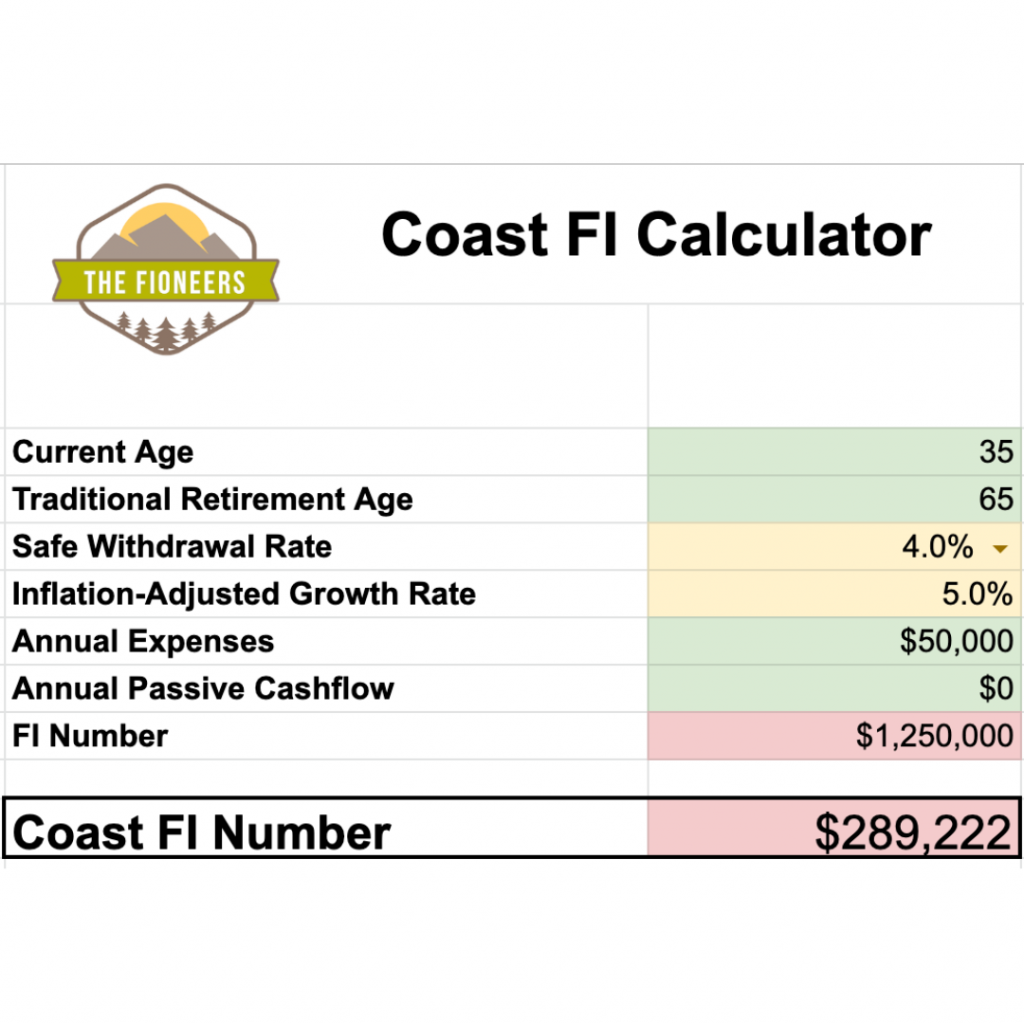



As you know, I’m a huge fan of Slow FI, and was thrilled to finally be able to join this series! Thank you for interviewing me, Jessica, and for sharing our story with your readers.
I hope others can see that it’s very much possible to live a happy, intentional life—even while striving to reach FI at a young age.
I really love, love, love this wholistic approach to FIRE!
I think I’m currently still in the mental camp of “MUST…REACH…FIRE…ASAP” and as a result there’s a lot of anxiety and stress that comes with it. Seeing alternatives like this really opens up my mind to some tradeoffs that I can make to slow down FIRE and in exchange for less tress and more happiness.
I also agree with the point that being happy on the journey is crucially important. After all: if we can’t be happy in a journey where we’re aiming towards the uncommon, and extremely rewarding, goal of early retirement, it’s hard to imagine the same mindset suddenly doing a 180 when retired.
Hi Angie—I totally get that need to reach FIRE ASAP! I was there and know how hard it is to not feel that. To be honest, I’m not sure if the urge ever totally goes away, LOL!
However, knowing that there are others out there who have taken and benefitted from a slower path made it much easier for me to commit to the Slow FI mindset.
I’m sure you’ll find your own, unique path to FI. The key is to be aware of what’s most important to you and keep that at the front of your mind. That will help to guide you to the best decisions.
I wish you all the best in your journey to FIRE!
Could you point us to a link where you elaborate on your “leveraged investing” that you mention helped get you to FIRE sooner than expected? Currently in the doldrums…
Hi Mike,
I don’t have a blog post about this (yet) but have recorded numerous podcast episodes about it. If you’re Canadian, the strategy I use is called the Smith Manoeuvre: https://exploreficanada.ca/podcast/004-megan-from-victoria-using-the-smith-manoeuvre/
If you’re American, it’s a bit easier for you because you can deduct your mortgage interest without having to implement the Smith Manoeuvre.
Basically, all we’ve done is refinanced our house to borrow as much of our home equity as we could. Then we invested that lump sum in the stock market. Every year, we’re able to deduct the interest on the loan, which lowers our taxable income—so there are multiple benefits to this strategy.
I hope that helps. Let me know if you’d like more info.
Got it! So, I have a HELOC on my current home. You would draw from that and invest it. Presumabley the interest paid for the loan is less than the market gain from investing it.
Thanks!
Hi Mike—yes, exactly. But you also get the benefit of the write-off of the interest against your income. That lowers your taxable income, which gets you a bigger tax refund as well as more government benefits (e.g. CCB, if you have kids).
NOTE: you must keep your records clear and make sure you only ever use the HELOC for investing. There are also lots of other important rules to be aware of. Make sure you know all of it before embarking on such a strategy.
Excellent interview and a template for others to follow.
We were looking at property prices on the BC coast and Vancouver Island today. Yikes. We’ll check again tomorrow!
Hi Bob—sorry I missed your comment! I hope you found a property on the island. It may be better time to look now, though, with interest rates as high as they are.